A group of 20 eager bushwalkers emerged from their summer hiatus to participate in the first walk of the 2013 FOBIF calendar. The walk was led by Chris Johnston, who has built up a considerable body of knowledge about the Maldon Historic Reserve and the Muckleford Forest.
The walk commenced at the ruins of the Gowar School and wended its way through impressive box-ironbark forest up to Smiths Reef Dam, built in 1860. A number of native under storey species were identified along the way. Following a break for morning tea at Smiths Reef Dam, the group explored a number of the digging sites to the east of the dam.
A disturbed bottle dump was located with many fragments of old bottles still present. The archaeological knowledge of one of the walkers (from Kyneton) was put to good use in describing the style of the bottles, the production processes and the possible uses.
The walk continued along the Spur Track with a marked contrast observable in the vegetation on either side of the track resulting from previous prescribed burns.
A lunch break was taken in the lee of a large rocky outcrop providing an interesting micro-climate for small ground covers, ferns and lichen.
After lunch the group returned along Clarry’s Track and the Gowar Road, taking note of the areas designated for prescribed burns in autumn 2014. Chris Johnston is coordinating a data collection exercise in the designated area and is seeking a few volunteers to assist in the process. This is scheduled for Sunday 14 April; please email mucklefordffg@bigpond.com if interested.
This walk was a great start to the 2013 program, and thanks are due to Chris Johnston for her detailed preparation and informed guidance. You can view more of Dominique Lavie’s photos by clicking on her Facebook page.

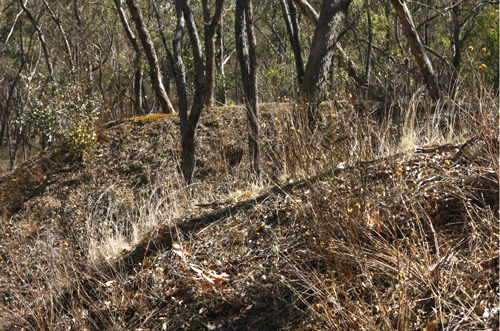
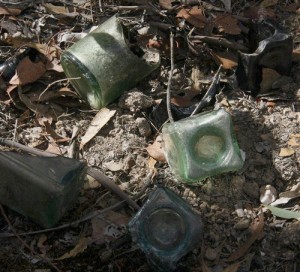
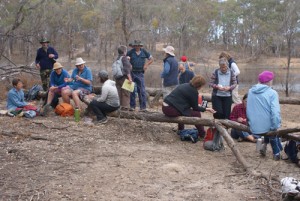
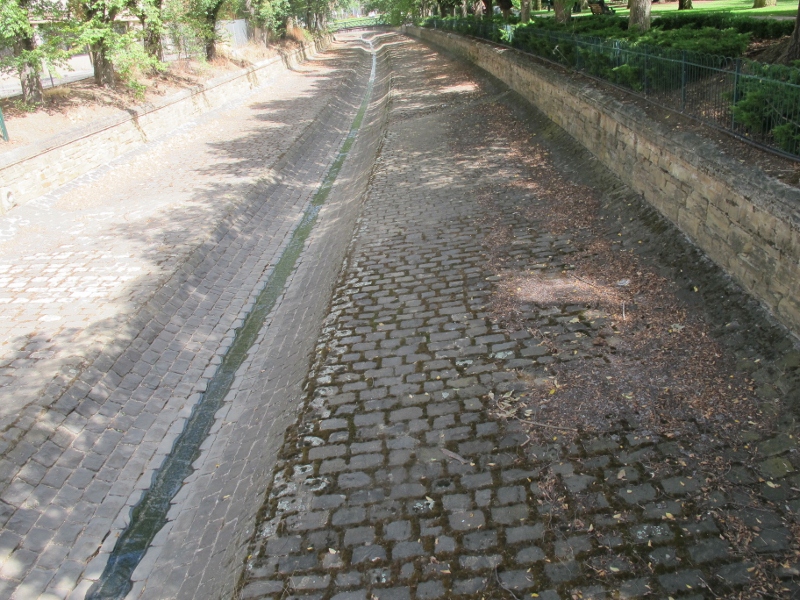
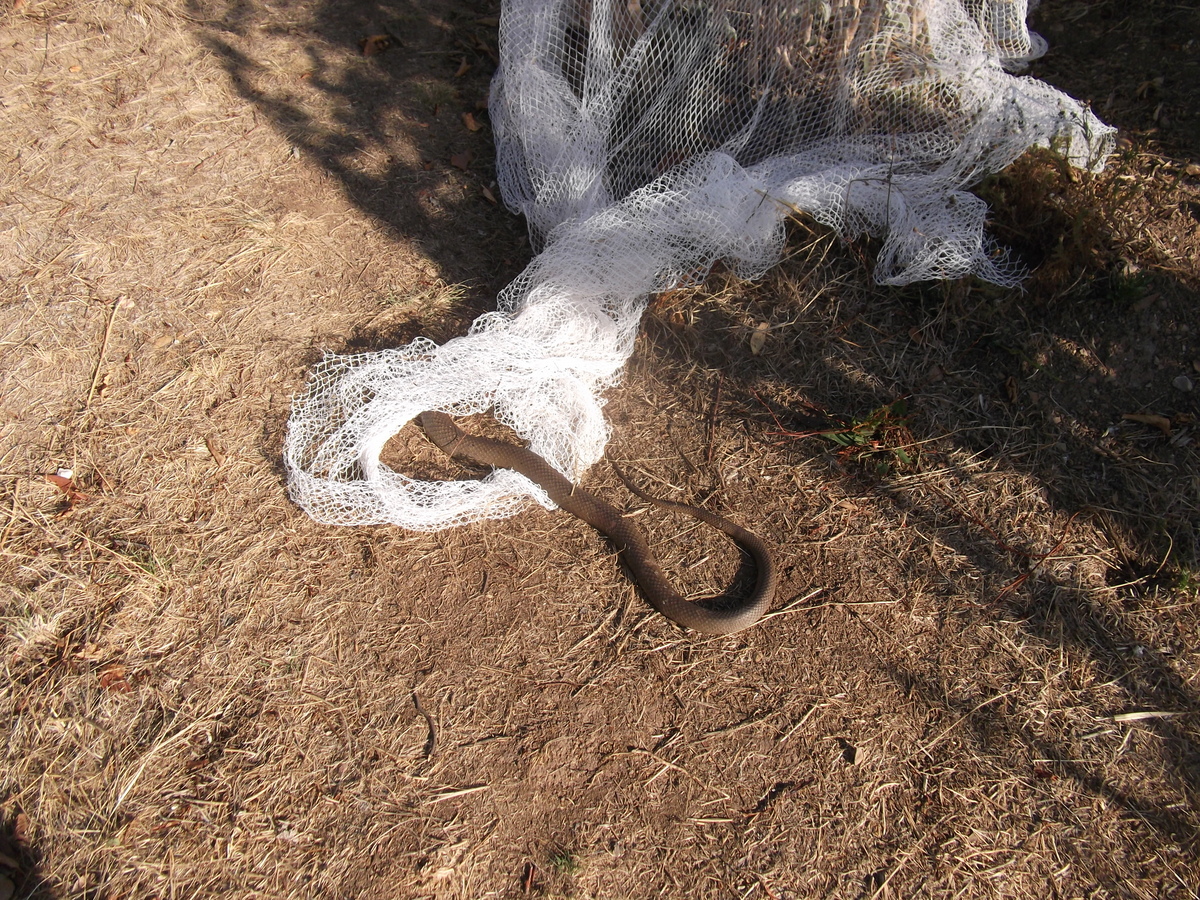
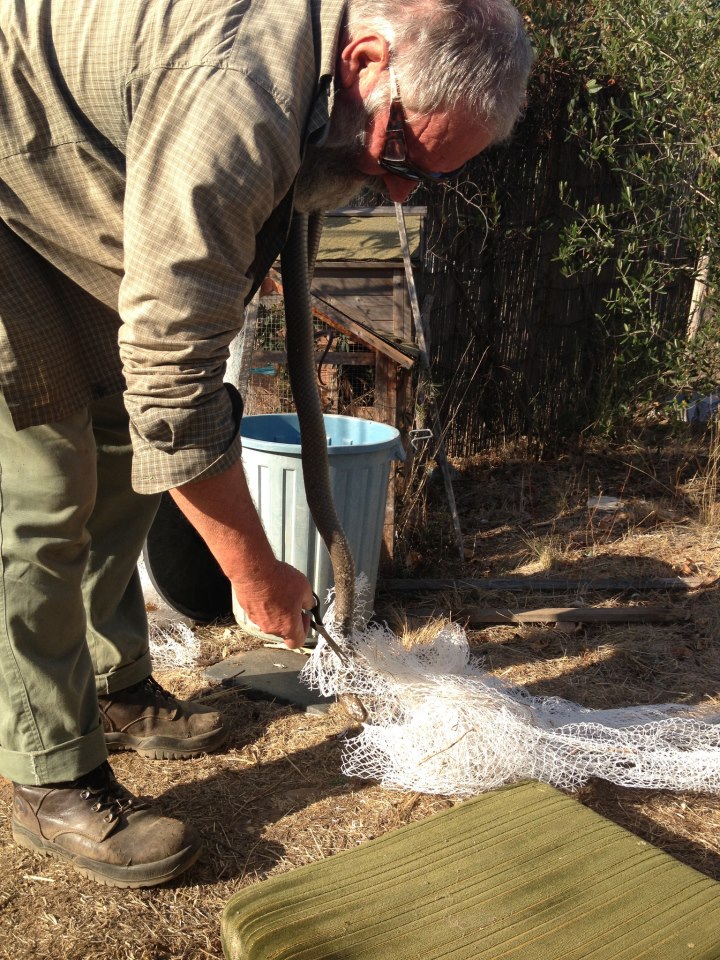
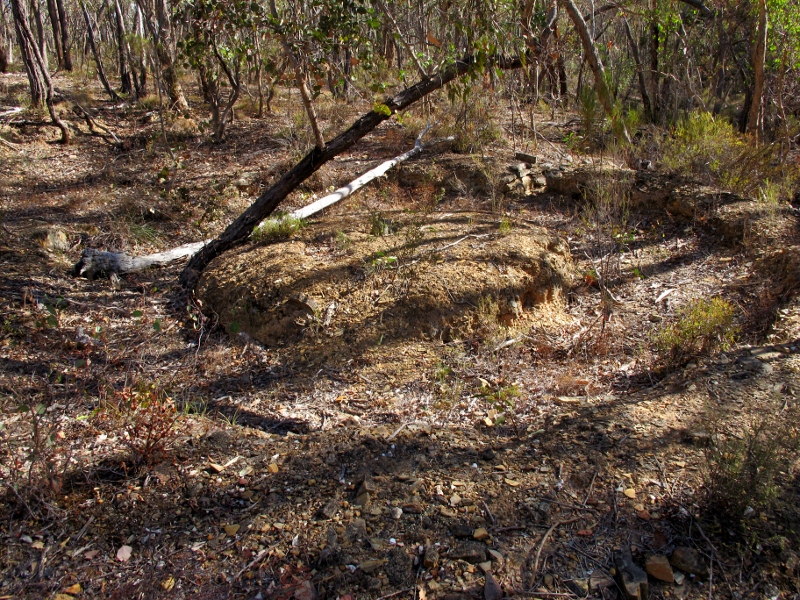
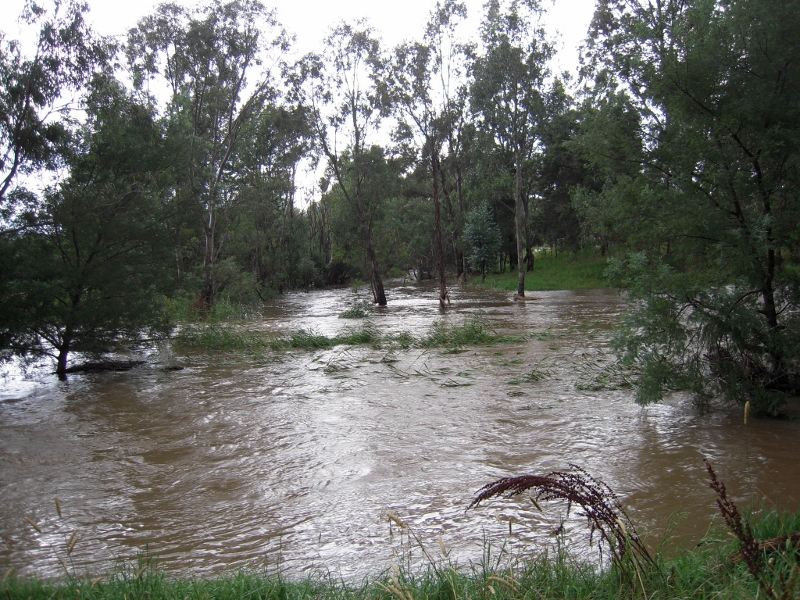
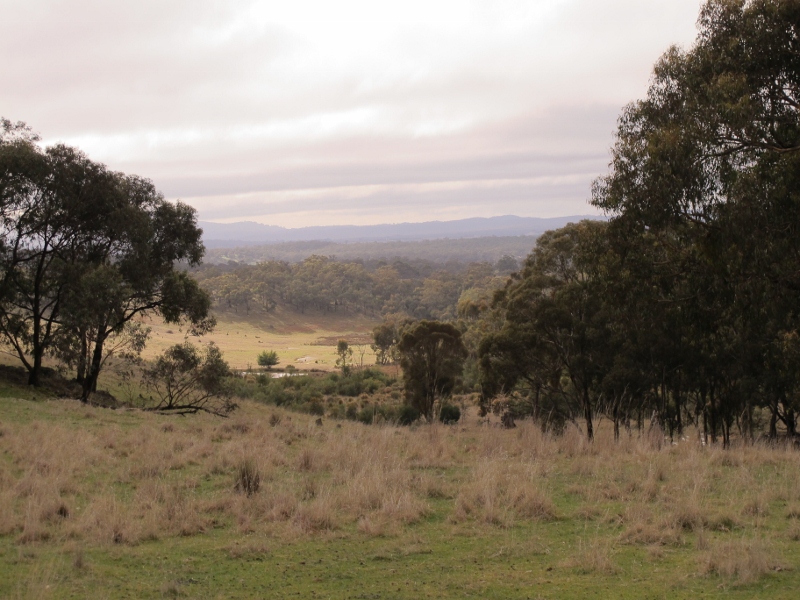
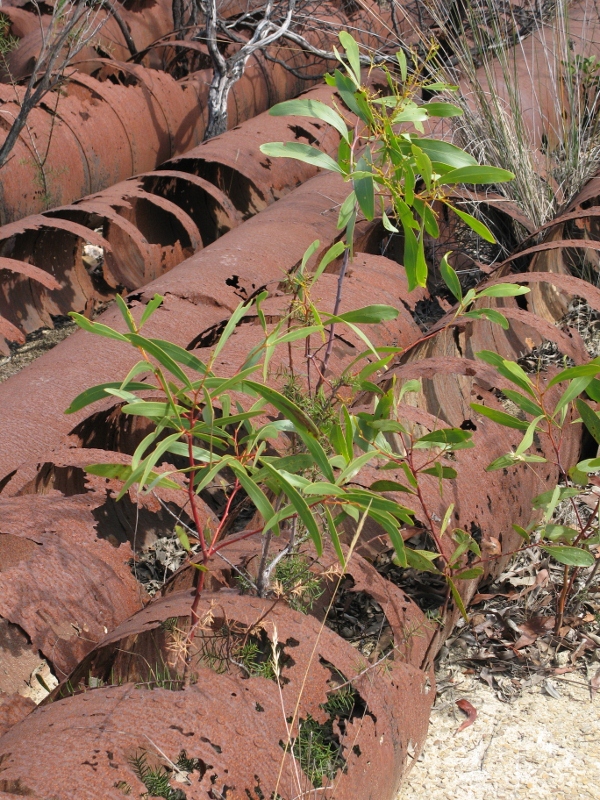
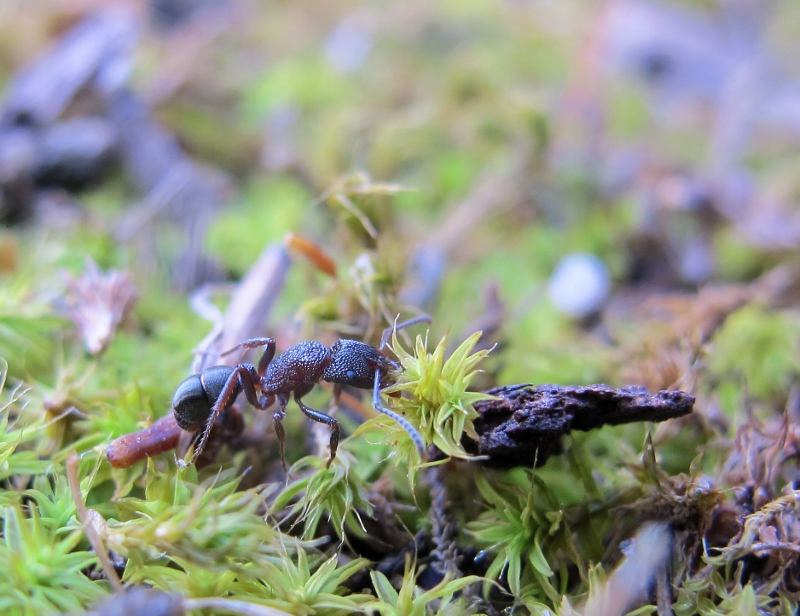
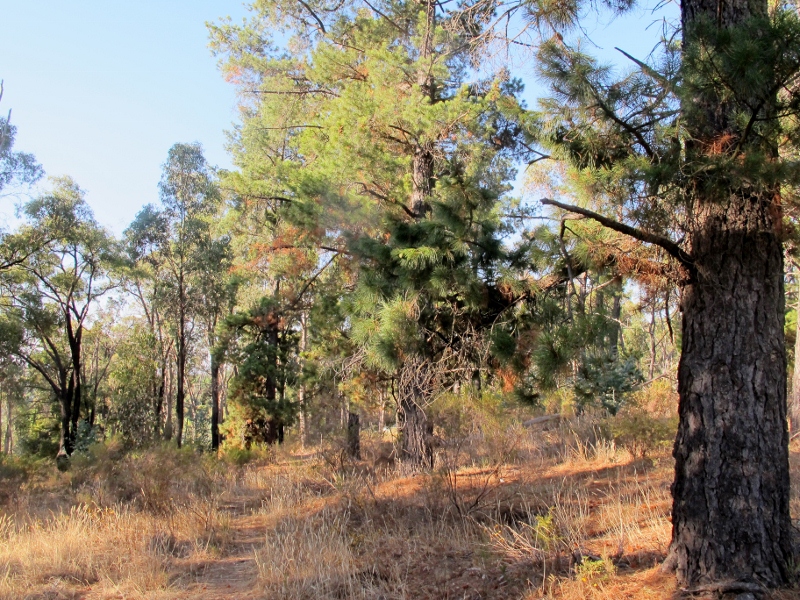
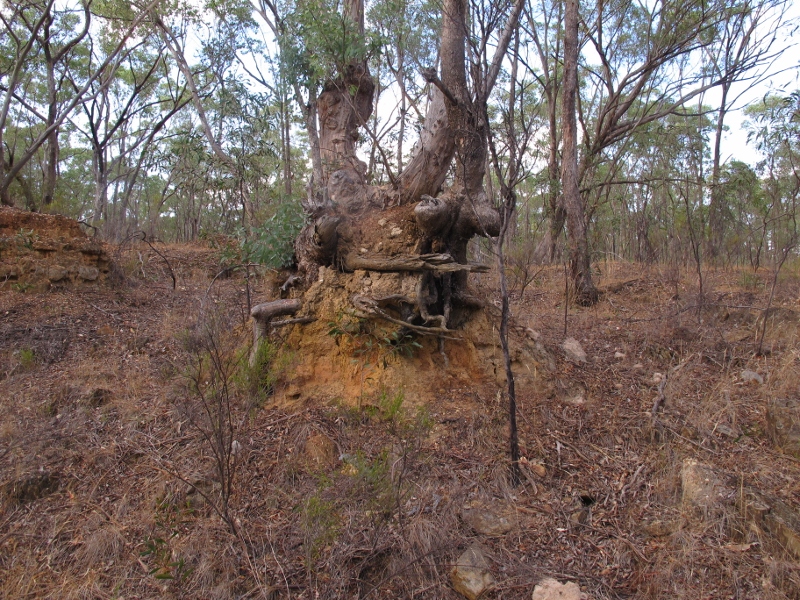



 Click on image for info/order page
Click on image for info/order page Click on image for info/order page
Click on image for info/order page Click on image for info/order page
Click on image for info/order page




















